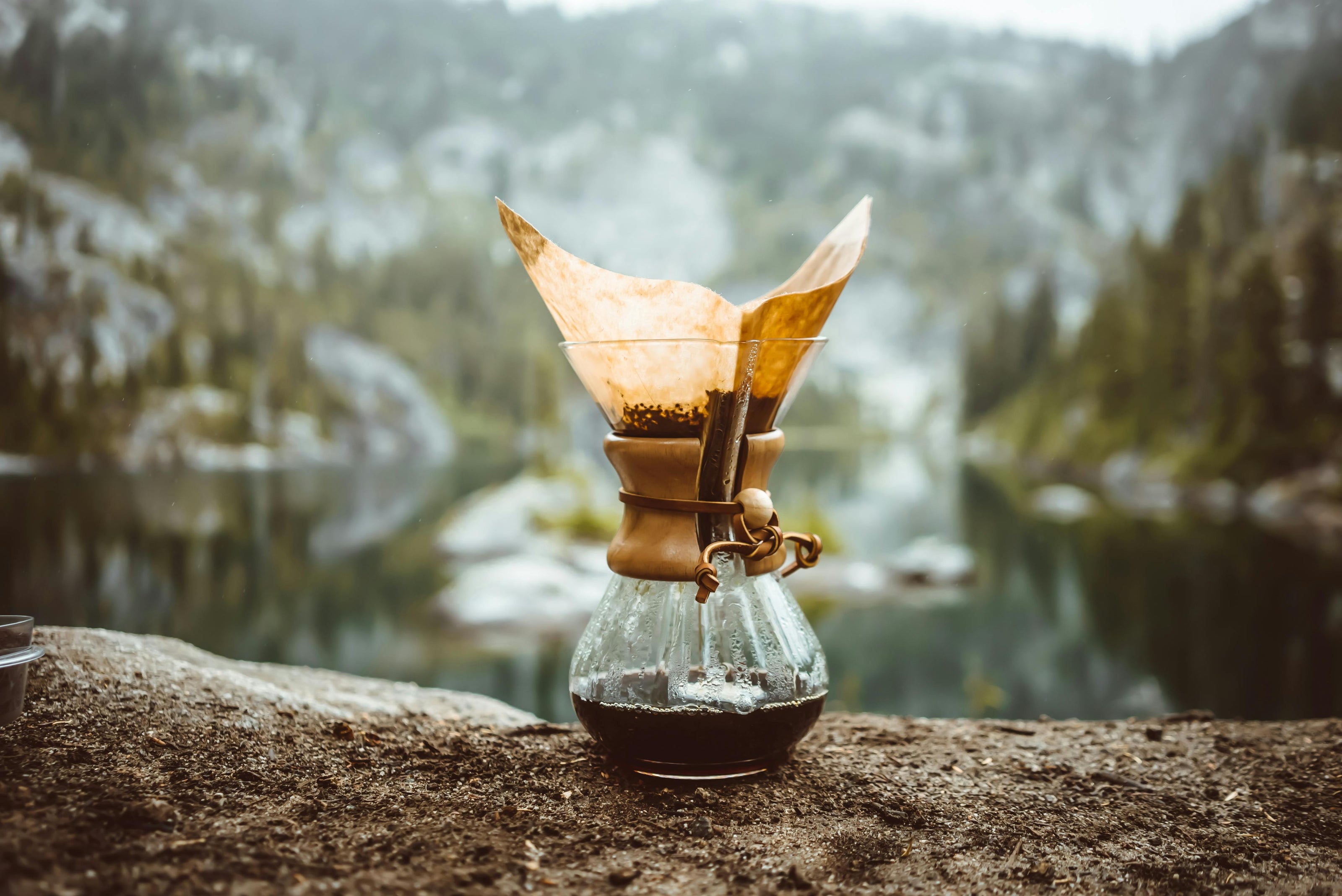Compre más, ahorre más
FREE SHIPPING IN JANUARY




El Salvador
"Elegant, cocoa-toned, gently citrusy. Cocoa nib, tangerine, pink peppercorn, agave syrup, bay leaf in aroma and cup. Malic (apple-like acidity; lightly syrupy mouthfeel. Cocoa-toned, citrusy finish."

93-point review by Coffee Review of El Salvador Finca Plan del Hoyo by Conscious Cup Coffee Roasters.
Francisco De Sola owns a 100-hectare farm in El Salvador, with 14 hectares dedicated to 60,000 coffee trees and additional land for lumber production. The farm harvests coffee between January and March, processing washed coffees with mechanical demucilaging and naturals dried as whole cherries on raised African beds. Known as “the land of volcanoes,” El Salvador is a small but renowned specialty coffee producer, with its coffee industry flourishing since the late 1800s. Santa Ana, the country’s most productive region, has historically hosted large estates and mills, where producers cultivate traditional, new, and Kenyan varieties using both washed and natural processing methods.
Cocoa
Citrus
Mellow Fruit
Dried Grapefruit
Region
El Salvador
Farm
Finca Plan del Hoyo, Apaneca
Method
Washed
Varietal
Anacafe 14
MASL
1760

Prepara tu café como más te guste, pero nuestro equipo de tostado sugiere:

Tarjeta de regalo digital en línea
$10

Papúa Nueva Guinea, Keto Tapasi
$19

Etiopía Sidama Bensa Bombe Natural
$25
